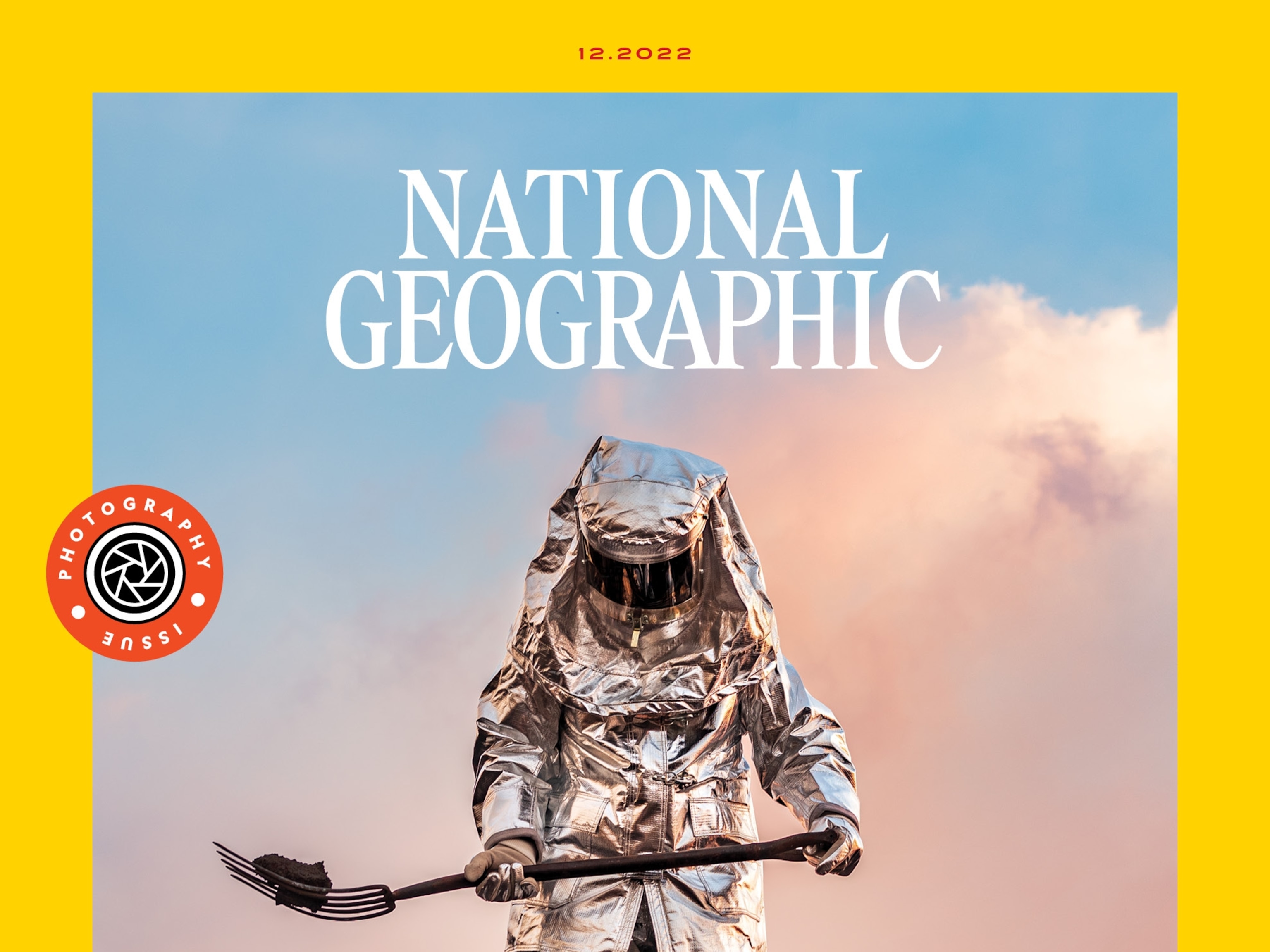
Tips for Shooting in Syria and Similar Locations
Photographer Ed Kashi photographed Syria and its people for the November 2009 National Geographic article “Reinventing Syria.”
As Syria steps out of the shadows of isolation and auditions for a larger role on the world stage it has become increasingly important to understand its significance in the murky politics of the Middle East. Although the U.S. and much of the West has refrained from engaging Syria, I felt it was timely and important to produce a story on this important country that is misunderstood beyond its political dimension as reported in relation to the Middle East.
Syria was once the center of the Islamic Empire, and Damascus is one of the oldest and most celebrated cities on Earth. Historically Syria has always belonged to someone else: the Phoenicians, Egyptians, Persians, Greeks, Romans, Crusaders, Mongols, Ottomans, and French have all laid claim to this land with one of the world’s oldest civilizations. And since its independence in 1946, Syria has lurched from one military ruler to the next, until strongman Hafez al Assad took control in 1970.
From these fractured beginnings Syria remains a largely secular nation, ruled now, still somewhat precariously, by Assad's son Bashar. He holds together a conglomeration of ethnic groups that include a mostly moderate Sunni majority (70 percent), Shia, Druze, Armenians, Kurds, Assyrians, Arab Christians, and the small but powerful ruling Alawites. Further complicating this mix is the recent addition of roughly two million Iraq refugees, Palestinian refugees, and the growing presence of diplomats and businessmen from Iran.
Against a rich backdrop of history and culture I wanted to look at how this mosaic of diversity may be where the road to peace in the region begins. I made a number of trips there to do photoreportages in the early and mid-1990s and was eager to return more than ten years later, in 2008, to explore this fascinating country once again.
This story represents the tricky kind of geopolitical stories that I love doing with National Geographic magazine. Tricky because Syria is a country that is somewhat closed and difficult to work freely in, so it’s hard to capture the politics or issues.
Tips for Shooting in Syria and Similar Locations
- You must have a great contact in the country that you can trust, to some degree, so you can ask questions and get information.
- When photographing people it’s important to make yourself small and unnoticed if at all possible, unless you are making portraits.
- I’ve learned that photographing women is tricky in some places—particularly if you’re a man—so you must be quick and stealthy or you must be deliberate and ask permission.
- I use a Canon 24mm-105mm lens, which allows me to do street shots with a wider view or use a medium telephoto focal length to capture portraits.
- My favorite focal length for photographing people candidly on the streets is 35mm. It allows you to have some distance, layer your images from foreground to background, and not push the background so far away, which is the problem when using very wide-angle lenses.
- Photographing at tourist sites in Syria is easy and expected, so it’s a pleasure to tromp around these amazing historical sites and be free to do as you please.
- In Syria, people are open as long as there are no authorities around or you are not near a government facility, so you must pay attention to your surroundings to make sure you don’t unwittingly put yourself in trouble.
Related Topics
You May Also Like
Go Further
Animals
- How can we protect grizzlies from their biggest threat—trains?How can we protect grizzlies from their biggest threat—trains?
- This ‘saber-toothed’ salmon wasn’t quite what we thoughtThis ‘saber-toothed’ salmon wasn’t quite what we thought
- Why this rhino-zebra friendship makes perfect senseWhy this rhino-zebra friendship makes perfect sense
- When did bioluminescence evolve? It’s older than we thought.When did bioluminescence evolve? It’s older than we thought.
- Soy, skim … spider. Are any of these technically milk?Soy, skim … spider. Are any of these technically milk?
Environment
- Are the Great Lakes the key to solving America’s emissions conundrum?Are the Great Lakes the key to solving America’s emissions conundrum?
- The world’s historic sites face climate change. Can Petra lead the way?The world’s historic sites face climate change. Can Petra lead the way?
- This pristine piece of the Amazon shows nature’s resilienceThis pristine piece of the Amazon shows nature’s resilience
- Listen to 30 years of climate change transformed into haunting musicListen to 30 years of climate change transformed into haunting music
History & Culture
- Meet the original members of the tortured poets departmentMeet the original members of the tortured poets department
- Séances at the White House? Why these first ladies turned to the occultSéances at the White House? Why these first ladies turned to the occult
- Gambling is everywhere now. When is that a problem?Gambling is everywhere now. When is that a problem?
- Beauty is pain—at least it was in 17th-century SpainBeauty is pain—at least it was in 17th-century Spain
Science
- Here's how astronomers found one of the rarest phenomenons in spaceHere's how astronomers found one of the rarest phenomenons in space
- Not an extrovert or introvert? There’s a word for that.Not an extrovert or introvert? There’s a word for that.
- NASA has a plan to clean up space junk—but is going green enough?NASA has a plan to clean up space junk—but is going green enough?
- Soy, skim … spider. Are any of these technically milk?Soy, skim … spider. Are any of these technically milk?
Travel
- Could Mexico's Chepe Express be the ultimate slow rail adventure?Could Mexico's Chepe Express be the ultimate slow rail adventure?
- What it's like to hike the Camino del Mayab in MexicoWhat it's like to hike the Camino del Mayab in Mexico




